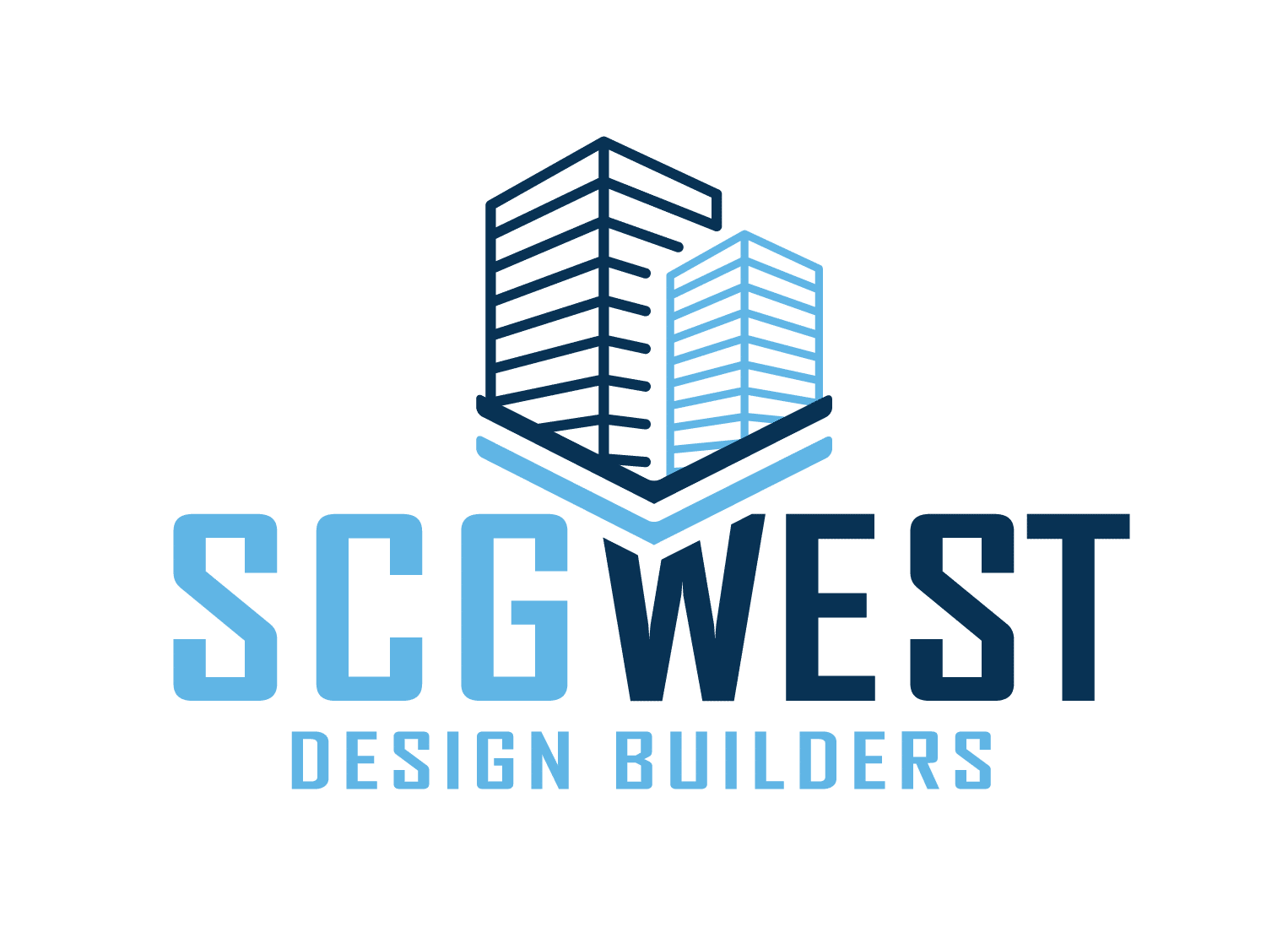A restaurant start-up has many moving parts. If early problems aren’t addressed, they could affect the start-up process and negatively impact your restaurant’s long-term success.
Hopefully, learning from the steps below will allow you to avoid these potentially door closing restaurant start-up mistakes.
- Lack of A Clear Vision and Purpose
New operators that cannot communicate their vision or purpose will find it difficult to create a climate that supports teamwork and a dedication to excellence.
Forming a business plan and creating a positive atmosphere from day 1 will go a long way in structuring a solid company culture.
- Believing You’ll Start Making Money on Opening Day
The odds are stacked against this happening. Even the most successful chain restaurants factor in an allowance into their startup budgets to fund operating deficits for up to 3 months after the restaurant opens. It will take time to build sales volume to an adequate level.
Having an experienced real estate professional implement a time period of rent abatement during lease negotiations is a good way to mitigate this problem.
- Lack of Documented Systems and Procedures
Operating a restaurant involves the consistent repetition of hundreds, if not thousands, of tasks by various individuals and teams. Organized and consistent execution is vital for the success of any restaurant.
Franchise restaurants begin with detailed recipes, checklists, and procedures. These cover everything from prepping lettuce to cleaning restrooms and closing out the cashier. However, new independent restaurants often improvise as they go along.
The longer a restaurant runs without a documented method of operation, the more it remains mired in the chaotic and unstructured startup phase. Implementing standardized procedures is essential for long-term success.
- Not Timing the Grand Opening
A major pitfall for new restaurants is being overwhelmed with more business than they can handle on the first day. Given the sheer number of restaurant choices available, a customer’s initial experience can easily become their lasting impression. Therefore, soft, quiet openings are the way to go. Get your act together before you tell the world.
Also, consider the specific timing of your restaurant’s opening in relation to the local community’s patterns. Work with a project management team that ensures timely execution and identifies potential obstacles. For example, opening your restaurant in a ski town right after the resorts shut down in spring might not be the best decision.
- Accepting A Secondary Location to Save On Rent
Location can be vital to restaurant visibility and attracting customers, so you want to make sure that you are located somewhere that is highly visible and accessible to your target market. A good location can catch the eye of hungry potential customers and bring in extra business outside of what your marketing provides. Don’t settle for the second choice location that’s slightly off the beaten path because it often results in spending more on advertising in an attempt to get noticed and bring in more business.
Partnering with a knowledgeable tenant advisory real estate company will help you avoid this potential pitfall.
- Underestimating Capital Needs
There are many new restaurants with excellent prospects for success that simply run out of money. It’s common for first time owners in particular, to leave out or inadequately project all the startup costs involved in opening the restaurant. Construction overruns, change orders, delays, permits, liquor licenses, building inspections, etc. are often missed completely or grossly under-budgeted.
Even if you’ve done it before, it is important to establish a working relationship with an experienced project management team early on to identify all startup costs and timelines.
- Not Functioning as an Owner
During the startup phase, it’s not uncommon for the owner to take on roles typically filled by employees, whether it’s bussing tables, cooking, managing finances, or overseeing the design and coordination of multiple vendors and contractors for a new outlet.
However, an owner’s primary focus should be on managing the business, which entails activities like monitoring cash flow, scrutinizing the P&L, planning upcoming marketing initiatives, evaluating menu performance, and other strategic decisions crucial for the restaurant’s future success.
Engaging the right partners can offload certain responsibilities, allowing the owner to focus on their core competency: effectively running their restaurant.
Tenant Advisory Services
- Site Selection & Market Analytics
- Lease Administration & Audit Services
- Transaction Management
- Business Consulting and Technology
- Project Management
Project Management Services
- Project Development
- Visioning & Design
- Contracting & Construction
- Occupancy & Closeout
- Program Standardization



